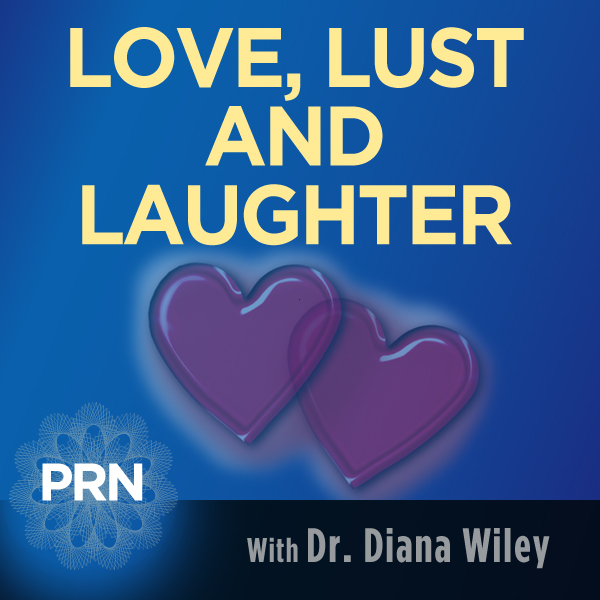Female Pelvic Pain and Its Relationship to Emotions & Trauma
Dr. Adriana Martí
When sex hurts, experts still have tons of unanswered questions. Since we don’t have much accurate data on the various conditions that make intercourse painful, women often suffer in silence.
To help sort this out, Dr. Diana Wiley, a sex therapist, and Dr. Adriana Martí, a pain psychologist, had an informative conversation.
Dr. Martí uses the biopsychosocial model, which has emerged as the most comprehensive framework for understanding pain. Coming from a family of physicians, Dr. Marti understood the value of treating the physical body, but she also saw where the biomedical model falls short. That insight led her to embrace integrative, mind-body approaches to care especially for those living with chronic illness or pain.
The level of a patient’s anger has been shown to be an important predictor of chronic pain symptoms, and cultivating compassion has been shown to positively influence how we process emotions, thus reducing the tendency toward negativity, including anger.
Psychological or emotional factors are often involved. Stress, anxiety, depression, guilt, a history of sexual abuse, an upsetting pelvic exam in the past, or relationship troubles can also be at the root of sexual pain. Some women experience vaginismus—an involuntary clenching of vaginal muscles that prevents penetration. Vaginismus is especially common among women who associate their vaginal area with fear or physical trauma.
Both the sex therapist and the health psychologist want to include the patient’s partner at some point in the therapeutic process. For many couples who have been dealing with a confusing, undefined issue, there is a buildup of resentment and anger. Men often fear hurting their partner. Pleasure can become pain. It is so easy for couples to blame each other and lose sight of the fact that the real problem is a physiological condition, not their partner.
Dr. Martí also notes the cultural piece: the expectations related to the family. How does the family relate to pain? In one case, the mother and the grandmother both had pelvic pain. Sometimes the woman gets sucked into the “sick role,” which has the benefit of lowered expectations from the patient, but is ultimately not emotionally healthy.
Can pain be unlearned? A study led by Yoni Ashar, PhD, which was published in JAMA Psychiatry, was the first clinical trial of pain reprocessing therapy (PRT). PRT was developed by psychotherapist Alan Gordon to treat primary chronic back pain. Complete details can be found in his book, The Way Out: A Revolutionary, Scientifically Proven Approach to Healing Chronic Pain.
There are additional fixes, such as vaginal estrogen or other medicines or creams. Also, pelvic floor therapy (provided by a specially trained physical therapist) can help control vaginal muscles. “Down training” uses a combination of mindfulness, diaphragmatic breathing, meditation, stretching, and visualization to help calm the nervous system.
The couple in therapy may be asked to do “outercourse” homework (non-penetrative sex). Some couples put too much focus on penetrative sex and neglect other fun, equally pleasurable sexual activities. Outercourse is a great option because it helps women forget there’s a goal, so they can just enjoy the feelings and sensations of the ride! It gets both people out of their brains and into their bodies.
Dr. Martí has a private practice where she works with individuals and couples in both English and Spanish. All sessions are done via telehealth. A fifteen-minute phone consultation is the no-charge first step! www.martipsychologicalservices.com

